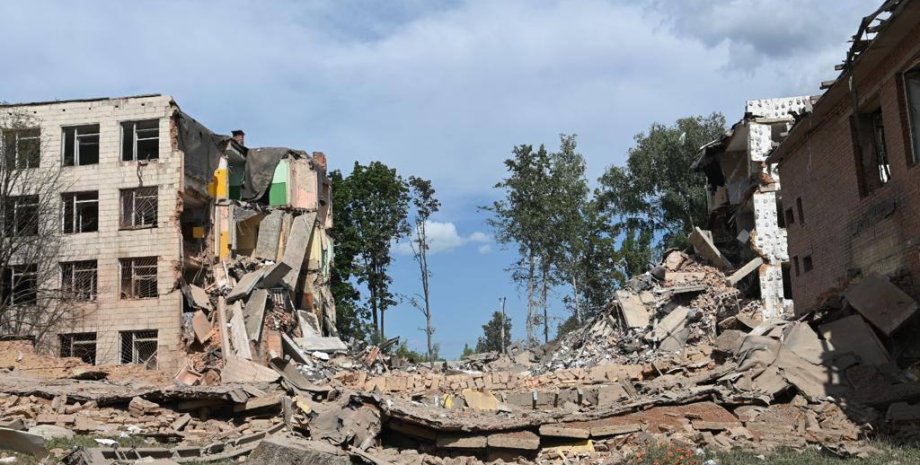
 By Eliza Popova
By Eliza Popova
Youth Art Gallery, which gave the researchers the opportunity to study the remains of a former feastern house. This building was destroyed almost 400 years ago, writes Arkeonews. In focus, technology appeared its Telegram channel. Subscribe to not miss the latest and most intrusive news from the world of science! According to Archaeologist Felix Birman, two more were found in the first found coin - Swiss Dicen in 1610 with the image of St.
Oswald - two more were found: the Dutch Reichstaler in 1618 and the Hamburg City Coin of 1634 with the name of the Emperor of the Roman Roman Empire. All three coins, although they came from different places, were buried together in a vessel, much larger than required. This feature puzzled experts. Why three coins? Was it a hasty attempt to hide them during military panic? Additional findings from this place shed light on everyday life in the early 1600s.
Scattered metal fragments and traces of soldering indicate that a craftsman lived in the house - probably a blacksmith or a manufacturer of belts. Archaeologists also found more ancient archaeological layers, including traces of prehistoric settlement dating from the post -glacial era, and soil structures of the XII century. In these findings, they indicate that once the Church of the Gottaria stood on the rise, and the medieval ceiling was more than.
Among the graves, the oldest burial was found in the coffin of Slavic origin of the tree trunk. Although there were few coins, they are a tangible evidence of uncertainty and fear that characterized life during the Thirty Years War. They also give a new idea of how Brandenburg residents tried to preserve the property in times of conflict.










All rights reserved IN-Ukraine.info - 2022